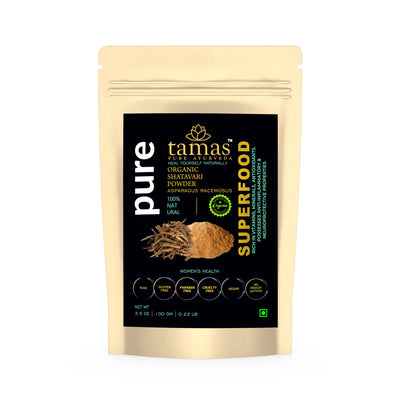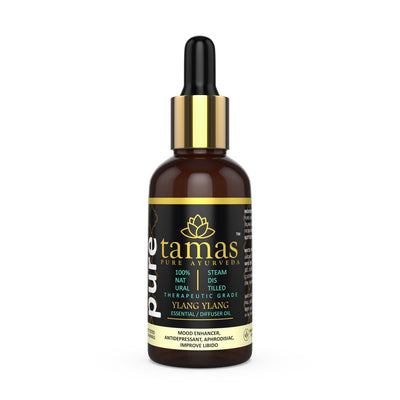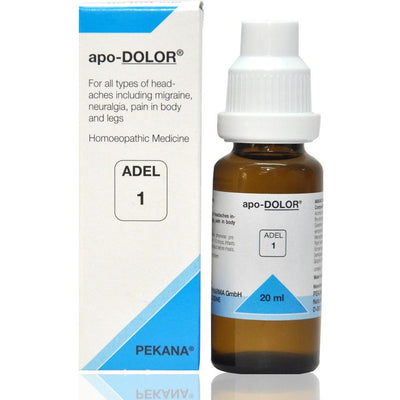
Gulguluthikthakam Kwath Tablet
Gulguluthikthakam Kwath Tablet is an Ayurvedic tablet for joint pain. It is also a natural treatment for gout and can be supplemented with external treatments. Gout treatment tablets have a better effect when combined with dietary restrictions and weight management.
The Gulguluthikthakam Kwath Tablet is an Ayurvedic formulation of joint care Ayurvedic tablets. It’s also a natural cure for gout. Joint pain treatment in Ayurveda is to be supplemented with a proper diet plan.
Ingredients
|
Guduchi (Tinospora cordifolia)
|
Devadaru (Cedrus deodara)
|
|
Nimba (Azadirachta indica)
|
Patha (Cyclea peltala)
|
|
Patola (Trichosanthes cucumerina)
|
Brahati (Solanum indicum)
|
|
Chavarkaram (Carbonate of potash) |
Thuvarchilakkaram (Sodium sulphate) |
|
Vasa (Adathoda vasica)
|
Gulgulu (Commiphora mukul)
|
|
Vidanga (Embelia ribes)
|
Gajapippali (Balanosphora fungose)
|
|
Sunthi (Zingiber officinale)
|
Kushta (Saussurea lappa)
|
|
Haridra (Curcuma longa)
|
Pippalimool (Piper longum)
|
|
Satahua (Peucedanum graveolens)
|
Chavyam (Piper retrofractum)
|
|
Jyothishmati (Celastrus paniculatus)
|
Maricha (Piper nigrum)
|
|
Kutaja (Holarrhena antidysenterica)
|
Ajmoda (Trachyspermum Ammi)
|
|
Chitraka (Plumbago Indica)
|
Kutki (Picrorrhiza kurroa)
|
|
Manjishta (Rubia cordifolia)
|
Bibhitaki (Terminalia belerica)
|
|
Athivisha (Aconitum heterophyllum)
|
Amlaki (Emblica officinalis)
|
|
Bhallataka (Semicarpus anacardium)
|
Harithaki (Terminalia chebula)
|
|
Vacha (Acorus calamus)
|
Jeera (Cuminum cyminum)
|
|
Rasna (Alpinia officinarum)
|
|
Western Medicine - Joint Pain And Gout
Joint pain can be mild and caused by strain or certain movements. Severe joint pain can limit movement and affect the mobility of the person. People often refer to pain originating from the bones, cartilage, ligaments, muscles or tendons that are associated with a joint as joint pain. But joint pain is generally pain that originates from within the joint caused by conditions such as arthritis which is a condition of inflammation of the joint. Joint pain complaints are more frequent as people age. Being overweight also increases the tendency to suffer from joint pain.
Gout is a common joint problem that is a form of arthritis. It’s characterised by sudden extremely painful attacks especially at the base of the large toe. The affected joints get red and inflamed and sometimes they are so tender that they can not bear the slightest pressure. As the disease progresses it affects the mobility and range of movement of the joints. When the body processes purines that are naturally found in the body and in some foods, the by-product is uric acid. This is usually filtered out by the kidneys. But when there is inefficiency in the removal of uric acid from the body or the intake of uric acid is high, there is an excessive uric acid buildup in the body. This causes uric acid crystals to collect in the joints. The crystals are sharp and needle-like and cause the pain, swelling, and inflammation that characterise gout. The foods that are high in purines are organ meat, seafood, meat, alcoholic beverages, beer and drinks and foods sweetened with fructose.
Western medicine recommends that when there are no symptoms of gout, an attack can be prevented by avoiding purine-rich foods. Beer and alcoholic beverages are to be avoided. It’s recommended that one relies on dairy sources for protein. Staying well hydrated and maintaining a healthy weight also helps. Fasting and rapid weight loss actually increase uric acid levels and hence weight loss should be gradual.
Gout attacks are treated with medication for the pain (NSAIDs) and corticosteroids to control the pain and inflammation. Colchicine, in particular, is a pain reliever that is used to treat gout pain.
Ayurveda And Joint Pain
Ayurveda defines two types of joint pains; the first is caused by problems with the Vata Dosha and the second with the accumulation of Ama in the body. Vata Dosha is responsible for the movement and the nerves in the body. It’s also a drying Dosha. When the Vata Dosha is out of balance, both the bone tissue as well as the lubrication in the joints are affected. It’s recommended that a person with Vata problems maintain a diet that is suitable to correct this imbalance. Caffeinated drinks that inhibit calcium absorption in the body are to be avoided. Exercise and daily oil massage help relieve symptoms. Calcium-rich food or supplements are given.
Ama is the toxic metabolic waste that is produced in the body when digestion is not proper or complete. When this Ama collects in the body it causes numerous health issues. When the heavy Kapha Dosha gets aggravated, it along with the Ama gives stiff joints. The Shleshaka Kapha is the particular Kapha that cushions the joints. Over time as the Ama collects the joints problems become worse as the toxic impurities mix with the natural lubricant in the joints. One should reduce Ama formation by eating fresh food and a balanced diet. Processed and preserved food should be avoided in favor of fresh and wholesome food. It’s better to control the problem when it is in the initial stages.



















